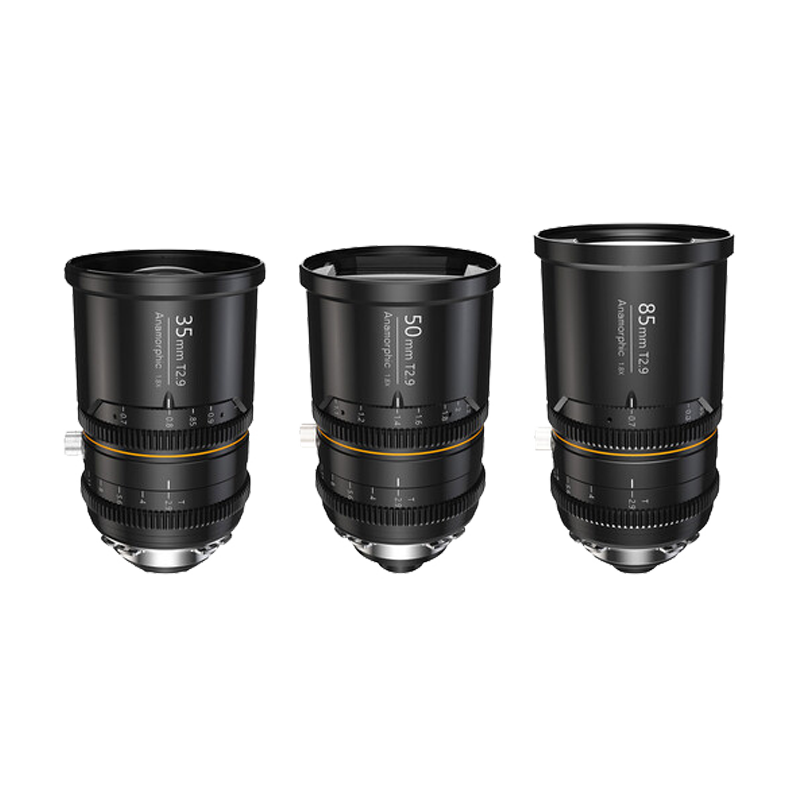At Summitstar Studios, we are passionate about capturing moments that transcend the ordinary. One of the most powerful tools in our cinematic arsenal is the anamorphic lens. These lenses are renowned for their ability to transform the way we see and experience motion pictures. In this blog, we’ll delve into the different types of anamorphic lenses and explore their wide-ranging applications in the world of filmmaking.
Understanding Anamorphic Lenses
Before we dive into the types and applications of anamorphic lenses, let’s first understand what makes them unique. Anamorphic lenses are a type of optical device that distorts the image during capture and then de-squeezes it during projection or post-production. This intentional distortion results in a wider aspect ratio, typically 2.39:1, allowing for a more immersive and cinematic viewing experience.
Types of Anamorphic Lenses
1. Spherical Anamorphic Lenses: Spherical anamorphic lenses are the most common type and are prized for their versatility. They create the classic widescreen look with horizontal lens flares and oval-shaped bokeh, adding a distinctive cinematic feel to the visuals.
2. Cylindrical Anamorphic Lenses: These lenses produce a unique anamorphic effect by distorting only one axis of the image, making them a popular choice for filmmakers seeking creative distortion effects. They often result in a 2.39:1 aspect ratio.
3. Custom Anamorphic Lenses: Some filmmakers and studios opt for custom anamorphic lenses to achieve specific visual effects or adapt to unique shooting conditions. Custom anamorphic lenses can be tailored to meet the creative demands of a particular project.
Applications of Anamorphic Lenses
1. Cinematic Storytelling: Anamorphic lenses have been a staple in the world of cinema for decades. They are used to capture breathtaking landscapes, intimate character moments, and epic action sequences. The unique visual aesthetic they provide helps convey emotions and immerse the audience in the story.
2. Music Videos: Music videos often aim to create a visually stunning narrative or showcase the artist’s unique style. Anamorphic lenses can elevate music videos by adding a cinematic quality that enhances the overall impact of the music and visuals.
3. Commercials and Advertising: In the competitive world of advertising, it’s essential to grab the viewer’s attention quickly. Anamorphic lenses can be used to create visually striking and memorable commercials that leave a lasting impression on the audience.
4. Documentary Filmmaking: Even in the realm of non-fiction filmmaking, anamorphic lenses can be a valuable tool. They can help documentarians capture breathtaking landscapes, create compelling visual narratives, and make a significant impact on their audience.
5. Experimental Filmmaking: Filmmakers who push the boundaries of traditional storytelling often turn to anamorphic lenses for their unique distortion and artistic potential. These lenses can help create visually arresting experimental films and push the boundaries of creativity.



